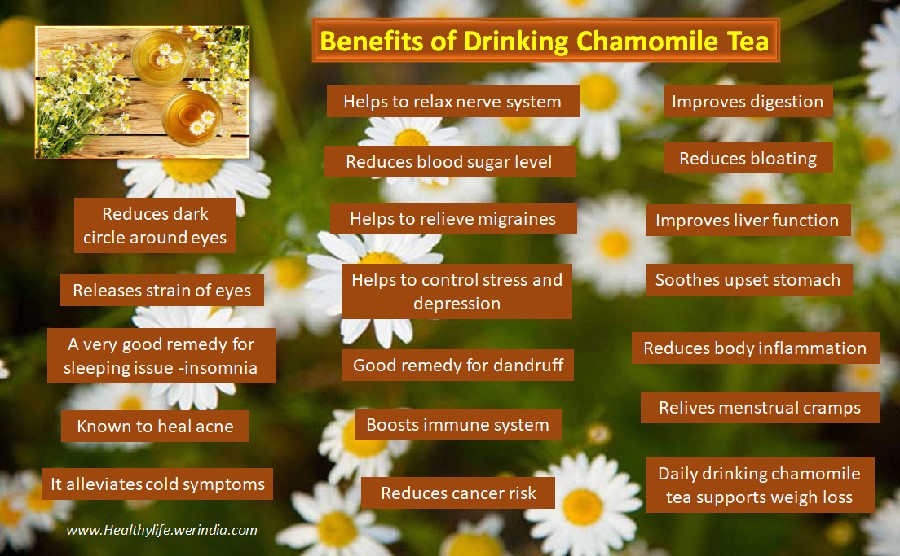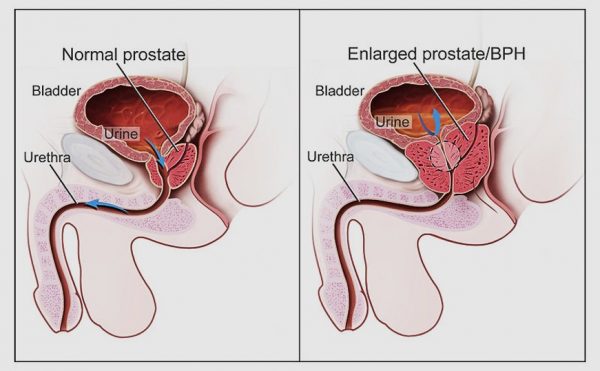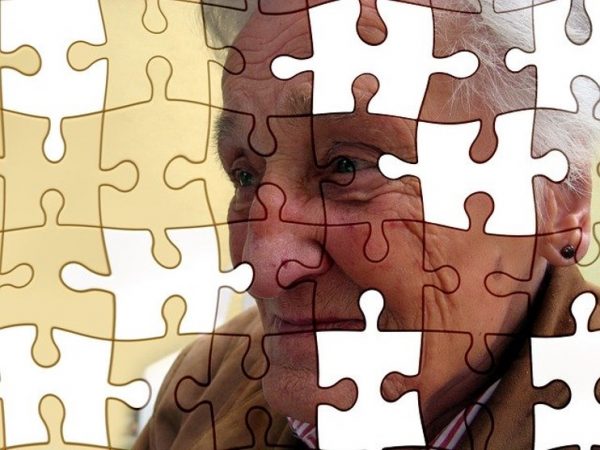Listening to music positively impacts health
Author: Sumana Rao | Posted on: August 13, 2019


Do you know Q tips were introduced to world in 1920’s? Q -tips are not there just for ear cleaning, one can use Q-tips in various ways!! Q-tips comes handy for several house works as well as for art work. See how these Q-tips hacks are helpful
1. Use for confetti painting – paint using Q-tips on party plates and prepare decorative plates
2. Engage children to build blocks using Q-tips. This increases their imagination and eye and hand coordination
3. Use Q-tips to mix eye shadow colors.
4. Apply eye shadow using Q-tips
5. Design your nail polish using Q tips!
6. Use them to remove or correct messy makeup around eyes
7. If you are fond of customizing your nail polish, mix eye shadow with nail polish using Q- tip and apply on finger nails!
8. If you have nail polish collections – mark top of the caps with respective color nail polish using cotton swab for easy identification
9. If you have difficulty in applying hair color to root, use cotton swab
10. It is useful for applying thin layer of highlights on nose!
11. Perfect your lipstick shape using Q-tip, keep lip color in place
12. Clean small plant leaves like orchid plant leaves using Q-tip
13. Using Q-tips you can paint and design brown bags and plain gift wrappers
14. Apply petroleum jelly on cotton swab and use it to remove scuffs from shoes
15. Use Q-tip to remove dust that is sitting in the computer key board
16. Dip Q-tip in shampoo and apply on stuck zipper for smooth sliding
17. Touch up painted wall or fix small holes using Q-tips
18. Use Q-tips to clean car interior – like AC vent or to remove crease sitting on gear shift knob.
19. Use it for cleaning battery corrosion in flash lights, wall clock
20. Fix stain work or stain touch up work on furniture and cabinets using Q- tips
21. Use them to remove grim from light switches
22. Apply polish to door knobs and small metal ornaments using Q-tips
Image credit: Image by Emilian Robert Vicol from Pixabay, https://www.pexels.com/search/keyboard/, Image by Anemone123 from Pixabay, Image by kropekk_pl from Pixabay, Image by rhianag from Pixabay (Free for commercial use)

Veggie kofta is a popular dish in India. Koftas are simmered in heavy creamy curry and coconut milk or regular milk. Malai kofta is a very popular kofta variety that contains potato, cream and masala. By replacing some portion of potato with beet root we can prepare delicious beet root kofta. Some people feel beetroot is a boring vegetable as it is used mostly in salad, juice and curry dishes. Beet root supplies tons of good ingredients and is rich in fiber. It contains about 85 % water and rest carbohydrates and protein. In addition, it is a good source of folate, nitrates, manganese and dietary fibers. It reduces body inflammation, keeps blood pressure under control, supports brain health and good for weight loss ( not recommended for diabetic conditions).
Try beetroot kofta
Ingredients for curry
Kofta
Kofta preparation:
Preparing gravy curry:
Final step: Before serving, transfer beet root kofta to gravy and garnish with chopped cilantro. Serve hot beet root kofta curry with roti, naan, Basmati rice or chapati.

Men at certain age will develop symptoms that are related to changes in prostate health. Prostate is a walnut shaped gland that is part of male reproductive system. Prostate is present in front of the rectum, below urinary bladder. It contains two or more lobes enclosed by an outer tissue layer.
What is the function of prostate gland?
Prostate gland secrets prostate fluid that keeps sperm alive. Prostate gland is vital for male reproductive system. Prostate glands contracts during ejaculation and squirts fluid into urethra through seminal vesicles.
Prostate health is critical for men. With age certain conditions affects prostate. Some of the common medical issues that are related to prostate are:
Symptoms of prostate problem: Different prostate conditions may have similar symptoms.
Diagnosis of prostate problem: Following questions and corresponding answers will help specialist to determine the condition and can recommend further tests that are needed.
For detecting prostate problems generally the first recommended test is, a blood test to measure prostate-specific antigen (PSA), a protein made only by the prostate gland. A PSA (Prostate specific Antibody) blood test is performed to detect or rule out prostate cancer. Based on the results further, doctors and health care providers may order additional tests, including urinalysis, urodynamic tests, cystoscopy, abdominal ultrasound, transrectal ultrasound with prostate biopsy, and imaging studies such as MRI or CT scan.
How to take care of Prostate health? To avoid any health issues with prostate, it is better to prevent and take precautions about diet and exercise.
Healthy eating is one of the easy ways to take care of prostate health. Good diet and focusing on overall pattern of healthy eating helps a person to recover or prevent any prostate condition.
Lead an active life :
Get screening: Depending on age and symptoms one can fall into high-risk or an average risk group for prostate cancer. Consider getting prostate cancer screening if you are at high risk and reached age 40. Otherwise if you are at normal risk consider screenings starting at age of 55.
Improved quality of life, less or no stress, meditation, yoga, non-sedentary life, healthy lifestyle – these are key for keeping healthy prostate for life time.
References:
https://www.health.harvard.edu
https://www.hopkinsmedicine.org/
Image credit: https://commons.wikimedia.org/wiki/File:Benign_Prostatic_Hyperplasia_nci-vol-7137-300.jpg
Attribution:Unknown author / Public domain

The most common form of dementia is Alzheimer’s condition. Alzheimer’s currently affecting more than 50 million people throughout the world. At present Alzheimer’s disease cannot be reversed. Available treatments focus on managing the symptoms. Managing symptoms helps to certain extent. Researchers till recently did not know what exactly causes or reason for such forms of dementia.
The two organs that get most attention are brain and heart. But there is another organ that is gaining attention in research field. Liver – as the name itself indicates we need liver to live not just for detoxification, also liver essential to process components that help in brain to function.
Looking for clues about Alzheimer’s condition in the Liver!
A study presented at the Alzheimer’s association International conference in 2018 provided some important information on how diet is linked to brain health. Specifically, the study gave insight into why human clinical trails of fish oil diet have failed to protect against Alzheimer’s condition and other types of dementia. This study gave clue to scientists to investigate liver.
Plasmalogens are type of molecules that belong to lipids. Plasmalogens are generated by liver and certain types of plasmalogens have been found to be critical for synaptic function of our brain. A reduced level of specific plasmalogens corresponded with increased risk of Alzheimer’s condition or mild decline in cognition. Age related decline and deficiency of plasmalogens could lead to dementia because liver cannot produce enough of them.
Previous evidences linked Alzheimer’s disease to high cholesterol or high sugar diabetes and other systemic illness. Based on earlier studies, research conducted by group of scientists -discovered relationship between liver function and Alzheimer’s. This means, Alzheimer’s condition is related to metabolic dysfunction.
Liver – a potential culprit in the onset of Alzheimer’s disease
This new study uncovered connections between Alzheimer’s disease and liver dysfunction. A collaborative study conducted by the Alzheimer’s Disease Metabolomics Consortium (ADMC) and Alzheimer’s Disease Neuroimaging Initiative (ADNI) has uncovered novel connections between liver dysfunction and Alzheimer’s disease (AD). Scientists explored the relationship between blood based biochemical markers of liver function and established Alzheimer’s disease biomarkers including multi-modal neuroimaging.
In their research paper published in JAMA Network open, researchers explained that the specialists have increasingly begun to acknowledge a strong association between various forms of metabolic dysfunction and Alzheimer’s condition. The metabolic activities in the liver determine the state of the metabolic readout of peripheral circulation – says authors of the paper.
(In this current study a serum-based liver function markers were measured in 1581 Alzheimer’s condition neuroimaging initiative participants along with cognitive measures, cerebrospinal fluid biomarkers, brain atrophy, brain glucose metabolism and amyloid β accumulation).
Liver is a major metabolic hub and our diet influences the way live functions. According to the author of new study, metabolic activities in the liver determine the state of the metabolic readout of peripheral circulation and Alzheimer disease display metabolic dysfunction. As study suggests, any change in diet can do good or bad to brain. With age our food habit can change. It is important understand what essential nutrients one must have corresponding to the age to reduce risk of AD or any other form of dementia.
https://www.medicalnewstoday.com
Image credit: Image by Gerd Altmann from Pixabay (Free for commercial use)

There is nothing wrong in telling your child to help you in house chores. Assigning teenagers some of the work that they can do easily is going to help them to understand, appreciate the hard work that a mom does. It helps them to prepare for future and teaches the importance of contributing to community too. If you are worried what chores you can assign to adolescent here are few tasks list you can think of.
Talk to children and direct them how to do these chores, Give them some house cleaning tips. Make them understand the importance of completing these tasks. Doing house work and helping parents brings confidence and they feel valued. In addition, it helps parents to focus on other important tasks that might need their attention.
Image credit: Image by Andrzej Rembowski from Pixabay (Free for commercial use)

For some children schools are already started for this calendar year and for some schools will reopen soon. Children want to study well and to do well they need proper guidance. What children need to understand is, study does not start they night before the exam or night before assignment due date. To perform well child need to develop hobby of reading and studying. It should be a daily routine for couple of hours to get most out of the study.
Helpful study tips to study smarter
Pick time and place: A comfortable place and time both are essential for studies. Place can be study room, library or a place where there is less distraction. For some studying at evening hours feels better. After evening sports and relaxing time, start your reading, homework etc. After dinner continue couple of hours and get good sleep. Do not push yourself to study late hours. Early morning hours if you have time before your school bus comes, pick up where you left off and do some work.
Planning time: One can set alarms to remind study hours. Use your smart phone to set up alarm and also mark it on your calendar. Stick a note on your study room that you can see to remind you about assignment, exams, lab work due dates etc.
Listing: Keep a note book to list study related work. Do it once or twice a week. Make a to do list helps to start study session and after completing task put a mark infront of the completed task.
Set time limit: Depending on the subject you might need extra time to complete the work. Based on your time needs put a time limit for your all home works. Each task that you are going to attend must have set time to spend on the task including completion of work.
Reviewing and revision: Every week at least once review your work and revise by quizzing, questioning and answering. Ask your siblings, family or friends to ask questions. Have flash cards and look at flash cards to review what you have read. Thinking over and over few times will help you to understand subject material easy.
Learning style: Everyone has a preferred way of learning. Some want to just read books, some want to take notes while reading – find out what helps you to understand and keep materials in your memory. New technologies gives us an option of listening to audio records of many subjects. You can take help of visual aids to learn. Some prefer discussion with friends and teachers on subject. Develop group of friends who has similar interests and discuss with them on various topics.
Write it down: It is a well-known practice – write down important points in a note book. This will help you during a quick revision. Create test questions and answer it the way you do at your examinations.
Seek help: If you don’t know or don’t understand subject, topic – ask your teacher or a subject expert to help. Sometimes friends, seniors can help you to solve problems and understand the subject. Browsing on computer too will give you answers for those questions that you might need help with.
Take break and move around: Continuous study is not good for brain memory. It always needs a break. Sometimes too much studying can cause frustration due to not understanding the material. Take a break between studies. A physical stretch or a game with friend or participating in sports – all will help to refresh. After break when you revisit the material, you might study it with clear mind.
Apps will help: There are many apps available for students to help in study. Educational apps that are aimed at different school levels are available. Ask your teacher about the app that might be able to help you in your studies.
Motivation: Do not give up on your studies. Education is an important step in everyone’s life. Stay motivated. Always remember the goal and remind yourself why are you studying. Write down inspirational quotes and paste it on the wall.
Come up with your own strategies and see how it helps you to study. While studying look after your health, your well being and stay relaxed. Learning what works and helps you study – create that environment. Enjoy your student life, because it is golden life.